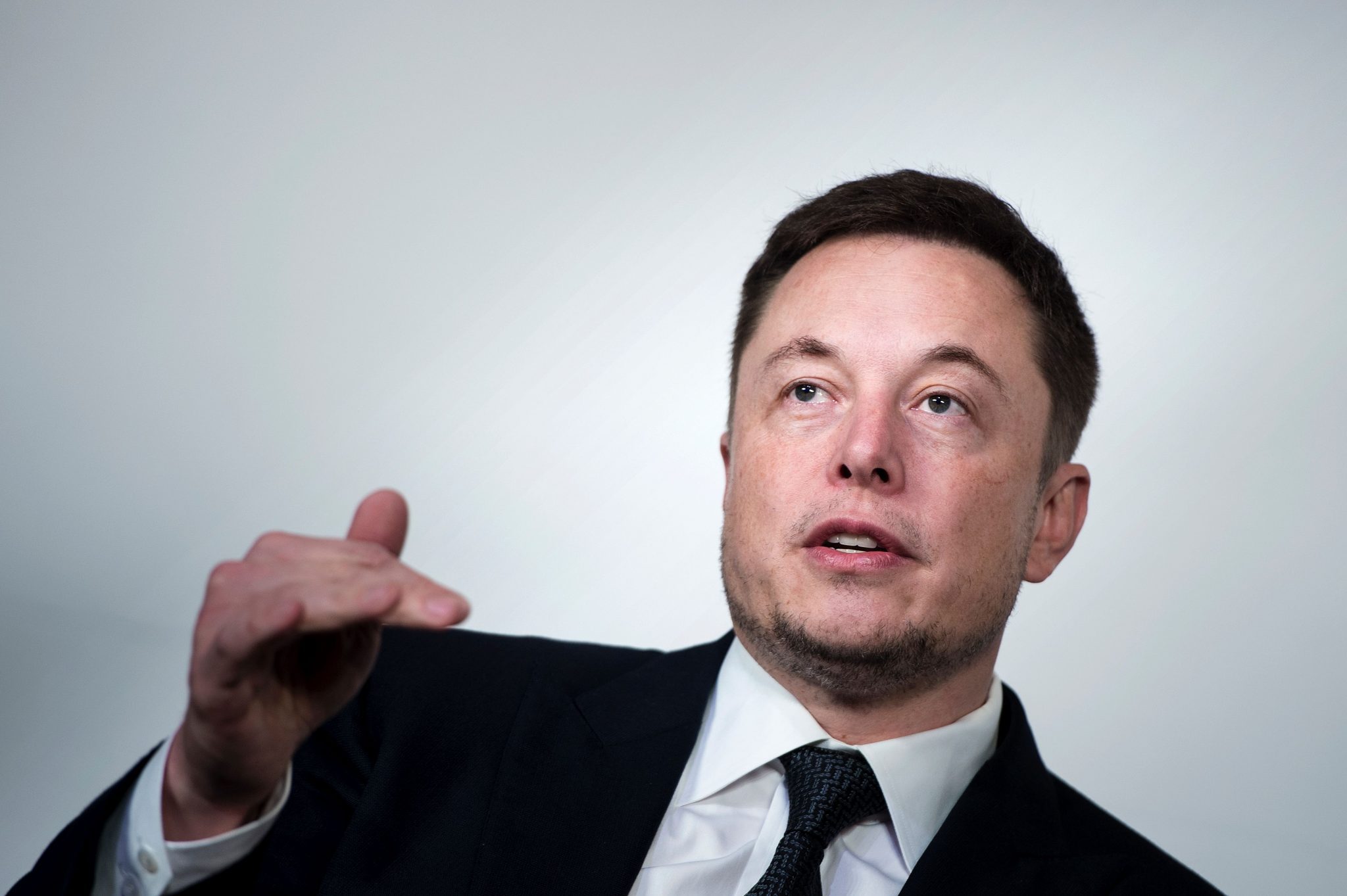Brené Brown, a research professor at the University of Houston Graduate School of Social Work, once said “There is no innovation and creativity without failure. Period.” This week’s Q3 earnings report from Tesla adds credibility to this quote. On September 30, the company saw a record $619 million loss for the previous three months. The bad news extended to Wall Street with adjusted earnings per share at $2.92 instead of the expected $2.30. Inventory and production are also cause for concern with Musk’s original goal for Model 3 production at 1,500 by September; the company has barely hit 300 units, only 20 percent of the goal. Musk has cited production problems with the Model 3 as the reason for this slump, but while this tells part of the story, what is going on at Tesla to produce this kind of loss? A “Production Hell”
The Model 3 may be the most complicated mass-market electric car ever made. According to the Washington Post, Musk remarked about the difficulty of creating the Model 3. The car has 10,000 unique parts that include over a thousand processes of putting each one together. Even though the Model 3 production process is more straightforward than its luxury counterparts with a shorter assembly line, the process is still fully automated with each step depending upon the last. This means that even one technical problem can ruin the whole production process. Musk also cited having to rewrite failed code that a subcontractor created for production software as another delay to the process. Personnel Woes
According to The Mercury News, anonymous Tesla workers informed the news site that 400 to 700 employees were fired from the company in the last quarter. These numbers include engineers, managers, and factory workers. The company remarked that these dismissals were a result of a company-wide performance review process that was meant to reveal high and low performing employees. Employees have also noted that little to no warning came before these firings, and that morale has significantly decreased at the company as a result. A study two years ago by the University of Warwick reveals that employees are 12 percent more productive the happier they are. This statistic along with Tesla’s handling of employee performance reviews may spell longer-term issues for the company. There have also been problems concerning unionization. This month, Tesla is expected to go before the National Labor Relations Board to face charges that supervisors and security guards harassed workers who distributed union literature. Tesla Has Been Trending Toward Losses For A Significant Part Of The Year
In this quarter and the last, Tesla put up revenues of $2.7 billion. However, the company has been trending toward losses. In Q1, the company experienced a loss of $330 million, exceeding Wall Street estimates. The second quarter also brought losses of $336 million with adjusted losses per share just above $1.30. This puts third quarter results in a more precise perspective, overall losses have nearly doubled while share deficits have done the same. Revenues are increasing as they are gradually approaching $3 billion. The sales are great news for Tesla, but a dramatic increase in losses within three months is cause for concern. Earlier this year, Elon Musk made the bold projection that Tesla could produce 10,000 Model 3 vehicles each week by the end of next year. The current problems of production make this a hard-to-reach goal for the company. The primary issue seems to be a production process with multiple complex and integrated moving parts, along with an uncertain outlook for employees. There are approximately 450,000 customers who have placed $1,000 deposits for the Model 3, and many others on the waitlist. Elon Musk is in the stressful position of meeting overwhelming customer demand, redirecting sizeable losses, and facing questions about employee harassment. The first quarter of next year will be an indicator of the direction Musk is taking Tesla, and what the rest of 2018 will hold.








